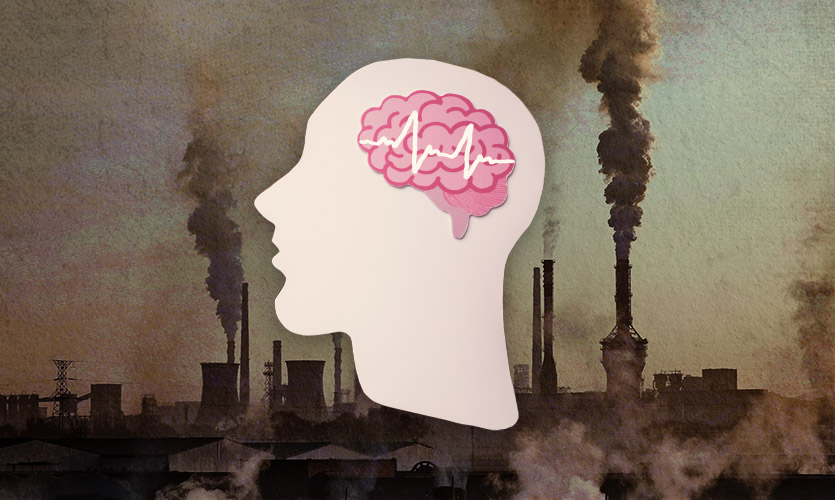The mystery of doppelgangers has long been intriguing to humankind. The concept of having a biologically unrelated look-alike has been explored in several cultures and folklores, to now scientific studies finding DNA and behavioural similarities between them.
The word ‘doppelganger’ was first coined in German folklore, to describe a ghostly apparition of a living human being. However, in reality, it’s just a person who eerily looks like you, but is not your biological twin.

The Doppelganger Project
François Brunelle, a Montréal based, Canadian photographer took up the project ‘I’m not a look alike!’, to photograph 200 doppelgangers. The project initiated in the year 1999, has been gaining quite some attention recently.

Starting as a student of the study of capturing the human face in 1968, which were the early days of his photography career, Brunelle’s fascination towards the similarities between look-alikes is evident from his work.
The DNA Study
The concept of doppelgangers has quite a lot of mystery surrounding it, which might just have changed ever since Brunelle’s project caught the eyes of researchers studying genetic relationships. Dr Manel Esteller, based in Barcelona, and his team sourced the subjects of the project and studied them with the help of DNA tests, algorithm run-throughs, and questionnaires asking about their lifestyle. This marked the first-time ever that scientists were studying unrelated look-alikes.
The team recruited 32 pairs of look-alikes, all of whom did not have any close relatives and lived thousands of miles away, in different countries. They ran the facial profiles of the subjects through a facial recognition algorithm, in which 16 out of the total number of pairs were recognised as ‘identical twins’.

Following that, the 16 subjects were tested for similarities in their respective DNA structure with the help of oral swabs. It was discovered that the 16 pairs of look-alikes which the algorithm considered ‘identical twins’ had a much more similar genetic structure than the other 16, who the algorithm found less similar. “These people really look alike because they share important parts of the genome, or the DNA sequence,” stated Dr Marel Esteller.

It was also noticed that the look-alikes with similar DNA also shared some level of association with their height and weight. The questionnaire which asked the subjects about their lifestyle and behavioural traits revealed that some doppelgangers also shared certain traits, like a smoking habit.
The Twist
The study highlighted an important fact – while the doppelgangers were similar in various aspects, scientists found differences between them, affected by a few external factors. They found that the epigenomes of the subjects, which is what scientists refer to as our lived experiences; in layman terms events that trigger chemical reactions in our body to either switch on or off certain genes, were largely dissimilar. Their microbiomes too – which are microorganisms in our body – were different due to factors like environment, nutrition and exercise. “Genetics put them together, and epigenetics and microbiome pulls them apart,” said Dr Esteller.
This observation made him realise that the similarity in appearances of these doppelgangers is more related to their respective DNA structure than external factors. This possibly brings us closer to the possibility of having our own doppelganger somewhere on this planet, due to the recent population growth spurt.
Read more: The Thin Line Between Tokenism And Representation In Hollywood










